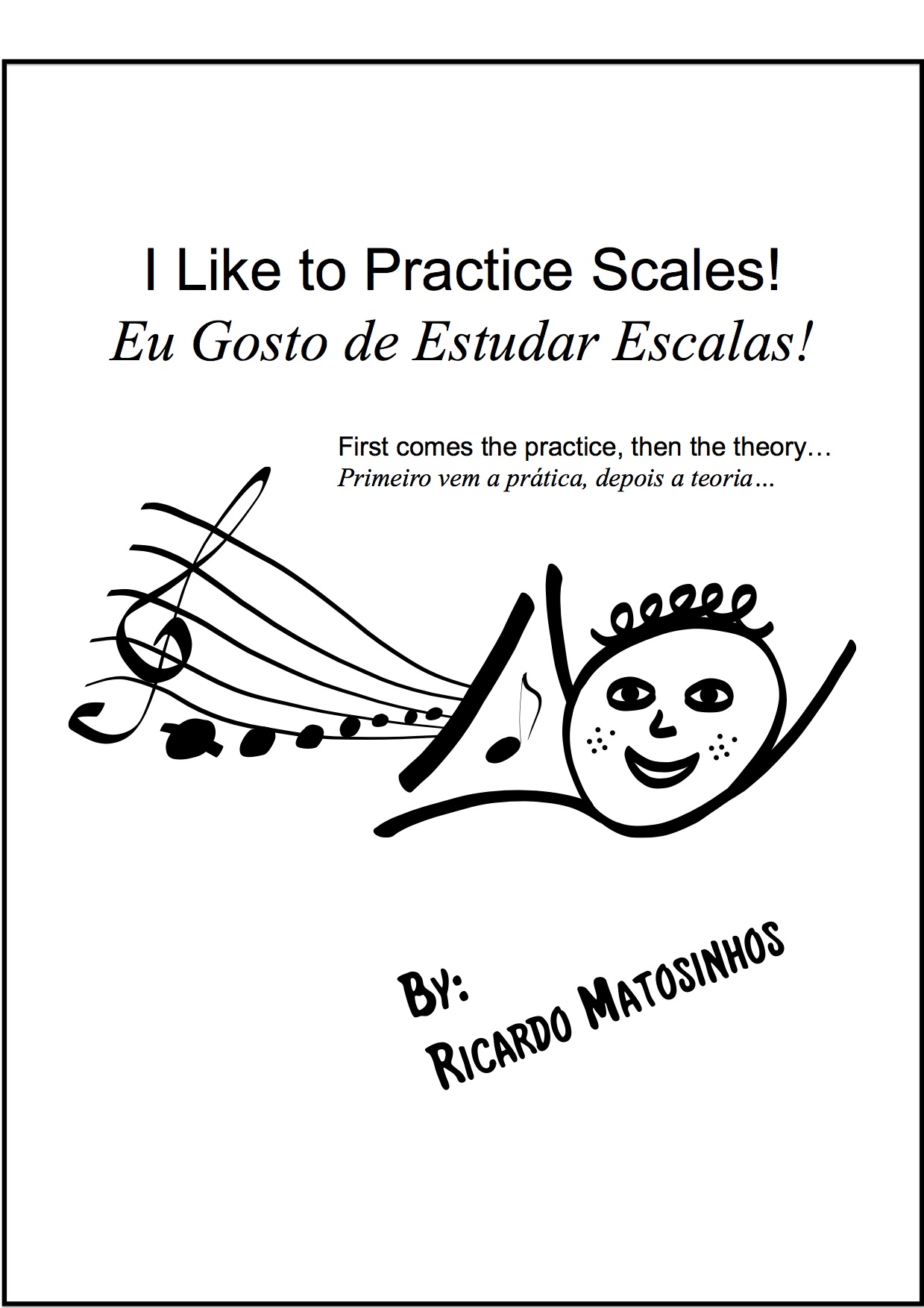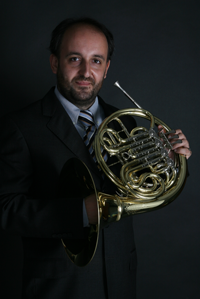Available at the Online Music Sales (International Horn Society)
The aim of this method is to offer a new approach to the study of scales. Instead working this subject in a traditional way with a progressive increasing of the number of sharps and flats, I propose working at the same time all the scales often used on western music (major scales, natural minor scales, harmonic and melodic) with the progressive increasing of the number of notes. This way the student is led to the establishment of connections between the different scales, even if at the beginning he is not aware of that. The primacy of practice over theory is meant to motivate the students to practise scales and last but not least to lead them to enjoy it!
Introductory Note

My experience as a teacher tells me that beginners do not enjoy to practice scales because there is too much theory involved and besides that at the beginning the students are not able to play them correctly. Usually they start enjoying scales as they progress and therefore start feeling more confident. At the beginning of horn playing there is a strong emphasis on the use of the 1st and 2nd fingers. As a result some students tend to retract the 3rd finger by lack of usage. The present scales practicing method was born precisely to fill that gap, allowing students to gradually learn different notes and conquer step by step the horn's range. Since music is mainly a practical subject, theory was left behind in this first stage, because I believe that students could assimilate it in a easier way later on. Here Music Scales are presented note by note, following a circle of fifths, allowing students to establish an unconscious relationship between different scales. The first time a new note is presented, it is indicated B flat (on above) and F horn fingerlings (below, preceded by an "F"), also considering different octaves and enharmonic notes. Instead of key signatures, sharps and flats are presented before each note and later on, the first altered note from a given bar. The first exercises have jumps, I think that on these, students should benefit from the help of their teachers whether playing the horn or piano along with them and so giving them a pitch reference. Exercises 1-14 were written to gradually learn each one of the major scales notes. Exercises 15-20 include every major and minor scale arpeggios. I recommend this last group of exercises to be worked stave by stave, individually, in order to memorize each stave. Along this small book you can find some texts, whose goal is to incentive students. Marking their progress is also very important in the motivation process. At the end, there is a standard fingering chart, including the usual beginner's range. Starting to play the horn would never be an easy task! However being major and minor scales the fundamentals of tonal music, I hope that this method can make it easier to start learning scales and promoting a consistent evolution.
Reviews
Click here to read Dr. James Boldin's review



